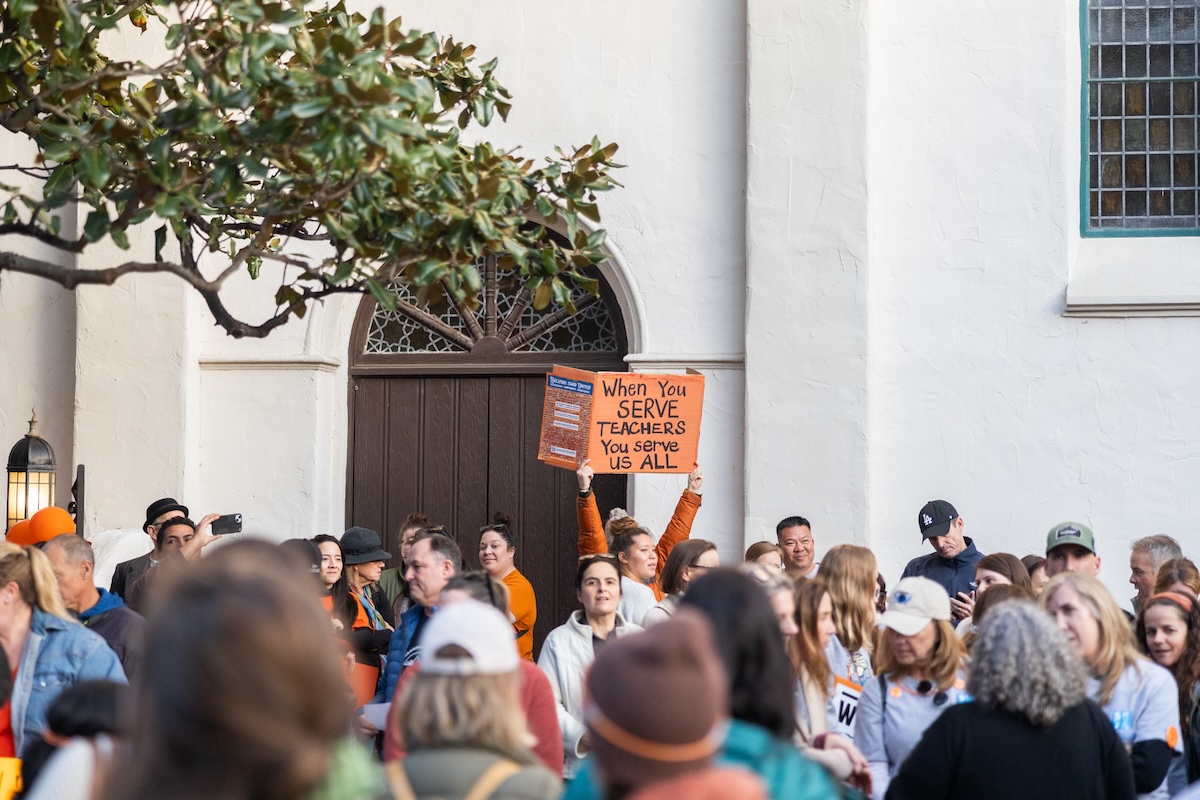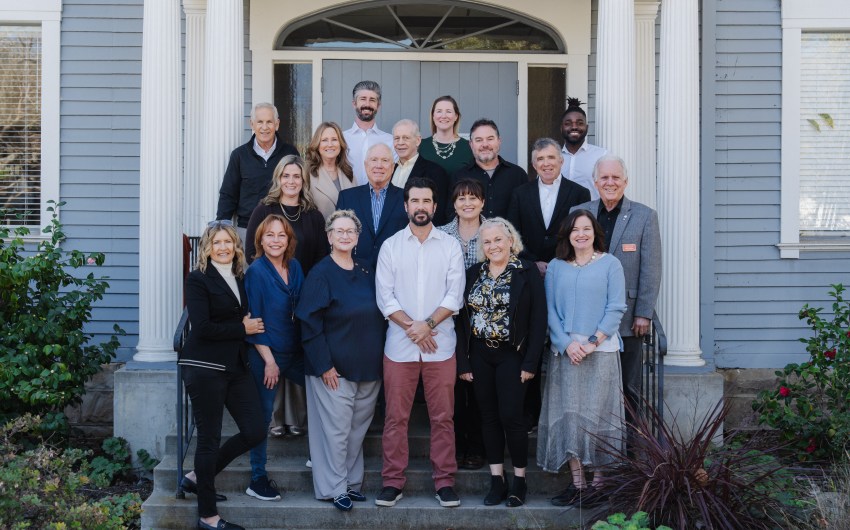After a 36-year teaching career, I’ve chosen to retire in advance of what should be a sizable salary increase from the Santa Barbara Unified School District. While the current impasse between certificated faculty and the district will not affect me materially, I have an abiding interest in our schools. When I moved to Santa Barbara, I felt lucky to teach history at San Marcos High School, where the innovative spirit inspired me to stay put for 31 years.
I stand with my former colleagues — proudly and with great sympathy. Through the “Parent-Square” messaging platform, SBUSD has the benefit of regularly amplifying and shaping the narrative to the community in ways unavailable to SBTA, the teacher’s union. The district’s rosy picture of their generosity in a time of budget constraints leaves out important information. It reflects a narrow, protectionist modus operandi that is increasingly under-serving classroom teachers and by extension, the students and their families. Don’t be fooled.

Across three decades in the profession, I have learned to expect that there will always be claims of funding shortfalls. The information provided by SBTA indicates that, irrespective of Covid monies, the district revenues have increased by an average of 7.2% over 10 years, but that teacher salaries have grown only 3.2% in that time. SBTA illustrates this trend in two charts: “Salaries vs. Revenues,” and “Salaries to Expenditures.”
Teacher salaries have not kept pace with cost of living increases. So the “rainy-day reserve” argument doesn’t hold sway in light of the moral imperative of dignifying the work of the teachers, which has become more complicated and arduous as the world has become fragile and fraught with existential crises. The impasse is less about dollars and cents as it is about ethics and sense. The district has a track record of glossing over the reality of our workload in spite of reasoned pleas for support for students and teachers in the classroom.
Three examples:
- The multilingual emergent students arriving from their home countries are placed in cohorts in college prep courses without sufficient bilingual support. According to the district, bilingual support specialists were “just not applying” to fill the need, which meant that teachers were left to translate materials and find ways to integrate them into the learning experience they deserved but couldn’t access. If the district offered bilingual support employees adequate compensation for their vital services (vs. slightly more than minimum wage), there would be an abundance of qualified applicants. I was one of many teachers helping these important members of our learning community gain access to the curriculum. The unremunerated extra hours of labor led to exhaustion and ultimately harmed students who could not possibly gain “equal access to the curriculum.” Maintaining faith in our district leaders, who talk about equity, but don’t deliver when the need is staring them in the face, is difficult.
- After a year of Covid lockdown, the district, in this particular iteration of “magical thinking,” announced that teachers were ready to welcome students back to in-classroom for hybrid learning. Nothing was further from the truth. They announced “readiness” before the requisite technology arrived. In fact, the Friday afternoon before reopening on Monday, teachers were scrambling to get the cameras, sound system, voice amplifiers, and monitors out of their boxes and wired, or programmed to operate wirelessly, with neither training nor the provision of time to work out how to use it to simultaneously engage students in the classroom and those learning remotely. The district never consulted with the teachers about readiness, but “ready and eager” were the terms they used in their public messaging.
- It is unconscionable that for two years, the SBUSD has dismissed the poignant stories of young teachers brave enough to speak their truth in the public comment session of the Board meetings. We are called to bridge the gap between struggling families and mental health services. The increased, near superhuman levels of responsibility led to a surge in teacher anxiety, compounded by the reality that neighboring districts pay much more. In fact, in a comparison of school districts in Santa Barbara and Ventura Counties, SBUSD ranks 26th. I have witnessed a mass exodus of young, talented teachers who have left the profession or moved to higher-paying districts. They continue to leave because their salaries aren’t commensurate with the cost of living here. The district remains unmoved by teachers who chose this profession to make a difference and who work hard to not just educate, but to save lives.

SBUSD, where is your sense of mission? Education is fundamentally about the relationship between students and teachers. You cannot serve students if you deny the needs of teachers. I leave behind a beautiful teaching career exhausted and uncomprehending about why the district would be bystanders to the unnecessary, outgoing parade of talented teachers.
Melanie Jacobson is a recently retired San Marcos High School teacher and parent of two young adults, for whom Dos Pueblos High School teachers and counselors bent over backward to care for and serve.









You must be logged in to post a comment.